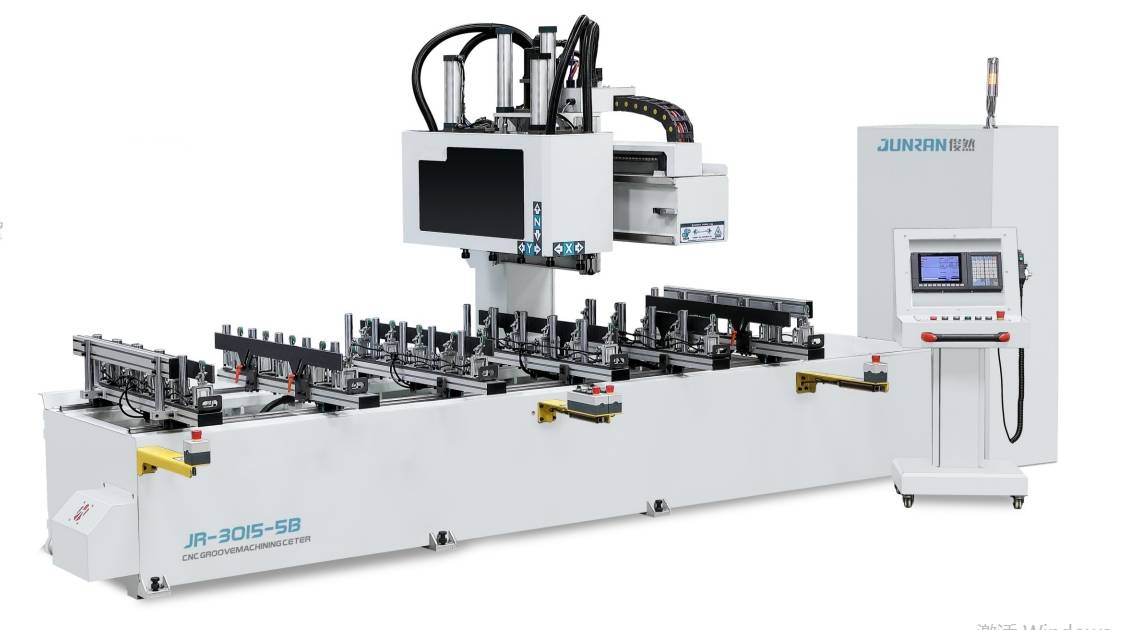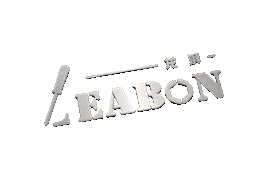With the continuous development of science and technology, the woodworking industry has also ushered in a wave of intelligence. As one of the best, CNC mortise and tenon machines have become an important equipment in modern woodworking production lines with their high efficiency, precision and flexibility. This article will introduce in detail the structure, working principle, application field and future development trend of CNC mortise and tenon machines.
1. Structure and characteristics of CNC mortise and tenon machine
CNC mortise and tenon machines mainly comprise a bed, spindle system, feed system, control system, and other components. The bed, the machine’s foundation, requires sufficient rigidity and stability. The spindle system performs the cutting work, characterized by high speed and high precision. The feed system positions and moves the workpiece during processing. The control system, the machine’s core, realizes various complex processing actions through programming.
The characteristics of CNC mortise and tenon machines mainly reflect in the following aspects:
High efficiency: The use of CNC technology enables automated and continuous production, greatly improving production efficiency.
Precision: High-precision control systems and servo motor drives guarantee processing accuracy and stability.
Flexibility: Operators can quickly replace tools and fixtures according to the processing requirements of different workpieces to achieve multiple uses from one machine.
Safety: The machines adopt multiple safety protection measures to ensure operator safety.

2. Working Principle
The control system receives the processing instructions input by the user, and after calculation and processing, drives the spindle system and feed system to complete the corresponding processing actions. Specifically, the control system first calculates the motion trajectory and cutting parameters of the tool according to the geometric dimensions and processing requirements of the workpiece; then, the servo motor drives the spindle and feed system to make the tool cut according to the predetermined trajectory; finally, the detection device monitors the processing process in real time to ensure processing accuracy and stability.
3. Application fields of CNC mortise and tenon machines
CNC mortise and tenon machines have wide applications. They are used in furniture, doors, windows, and floors. In furniture making, they process mortise and tenon joints. This improves furniture’s strength and stability. In door and window making, they process frame slots. This enhances sealing and insulation. In floor making, they process tongues and grooves. This improves floor flatness and appearance.
4. Future development trends
As the woodworking industry continuously develops, CNC mortise and tenon machines also constantly innovate and improve. The development trend will mainly reflect in the following aspects:
Intelligentization: Introducing advanced technologies such as artificial intelligence and the Internet of Things will enable intelligent control and remote monitoring of equipment to improve production efficiency and management level.
Environmental protection: Optimizing the cutting process and tool design will reduce noise, dust, and other pollutant emissions during cutting, achieving green production.
Modularity: Adopting modular design ideas will divide the CNC mortise and tenon machine into multiple independent module units, which is convenient for users to combine and expand according to actual needs.
Customization: Providing personalized customization services according to the special needs of users will meet their different requirements.
In short, the CNC mortise and tenon machine, with its high efficiency, precision, and convenience, has become a powerful assistant for the woodworking manufacturing industry and has promoted the rapid development of the industry.
